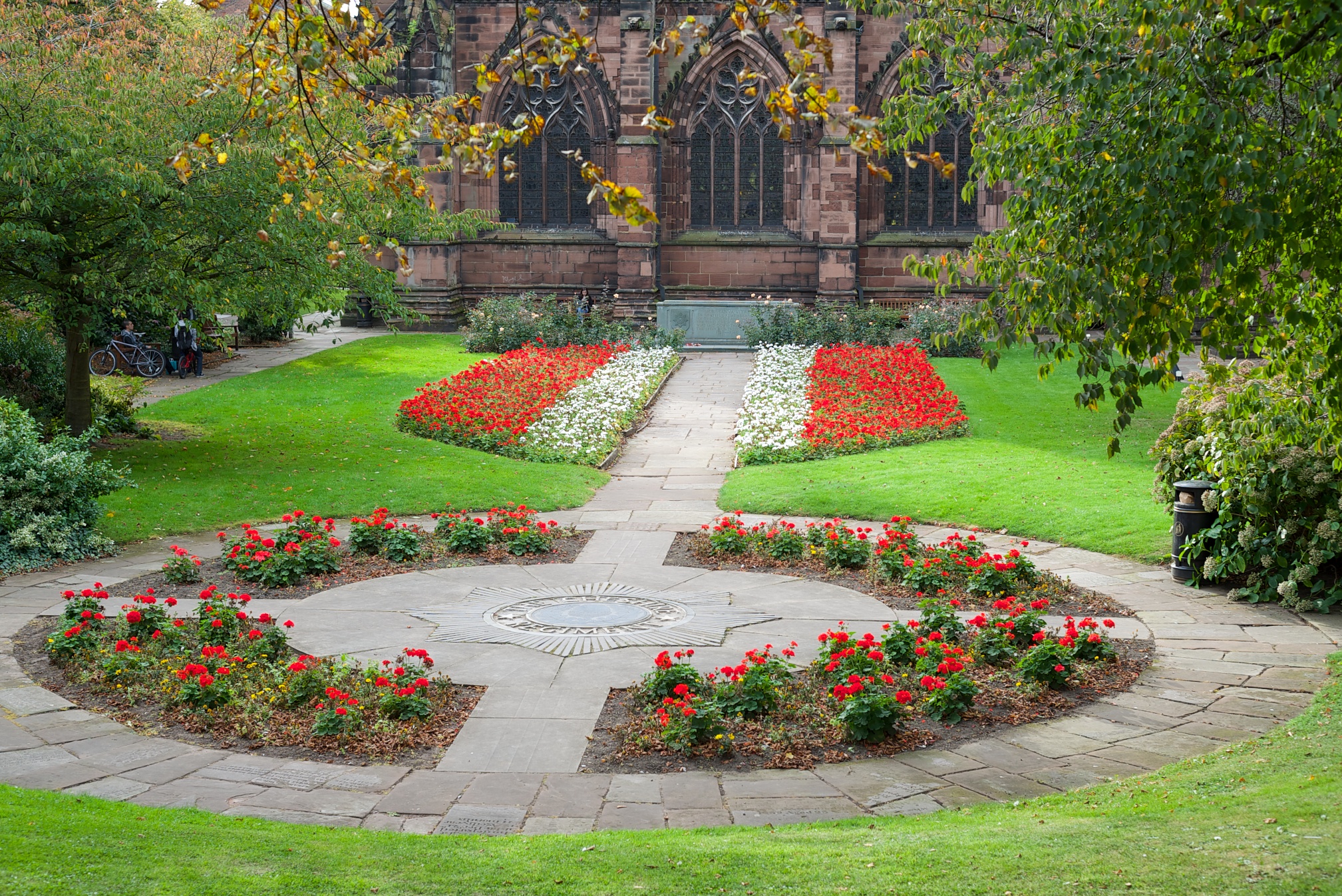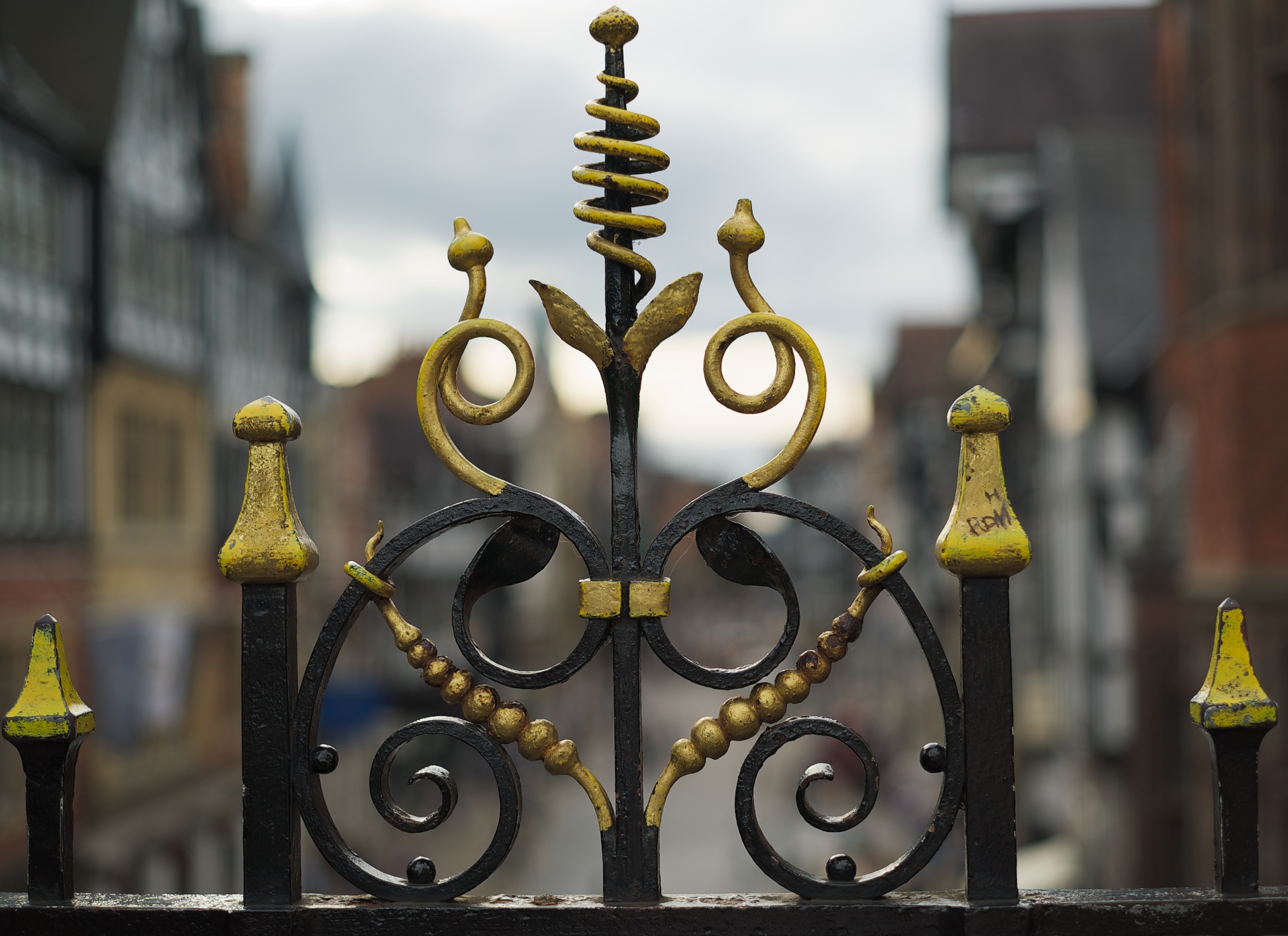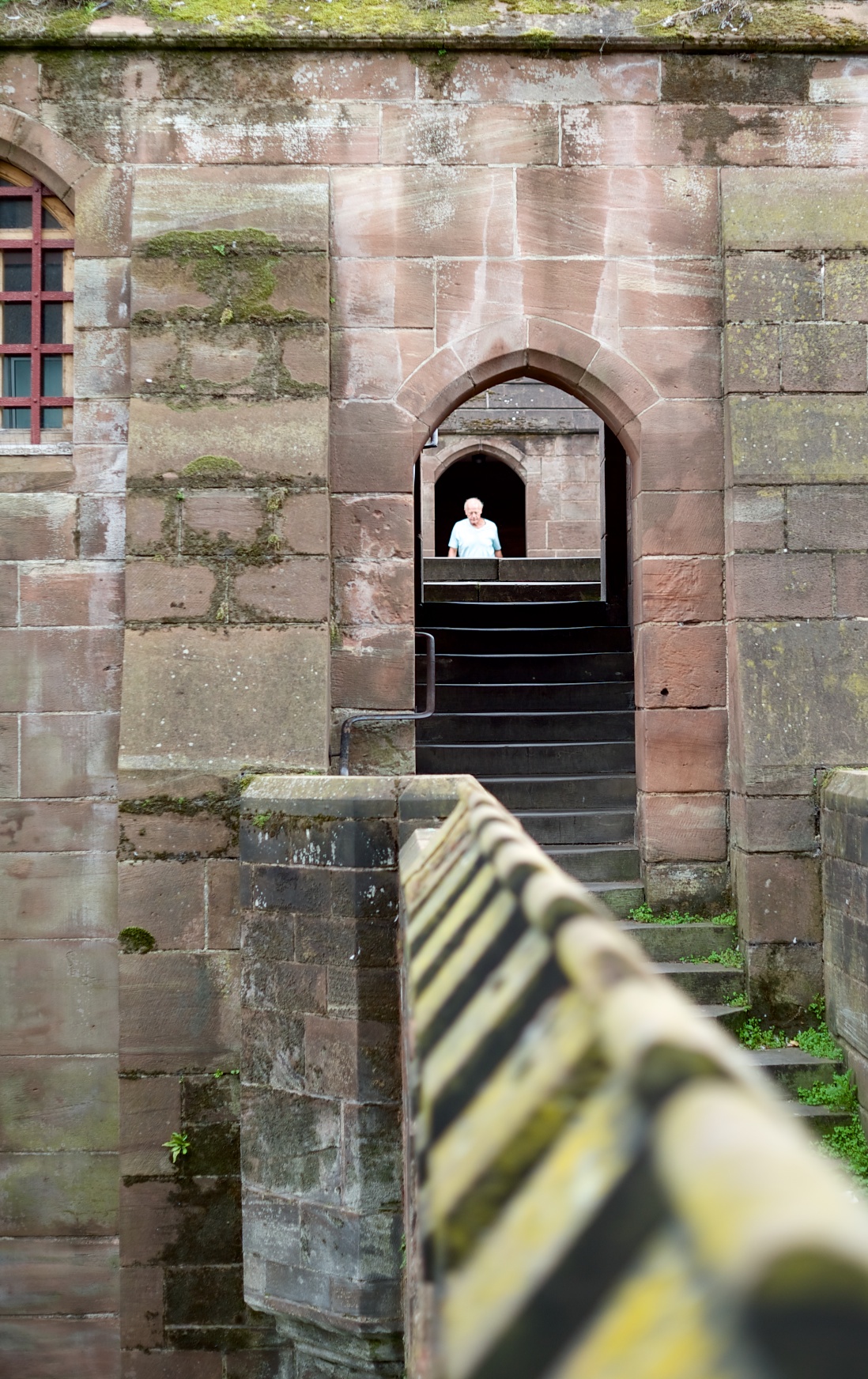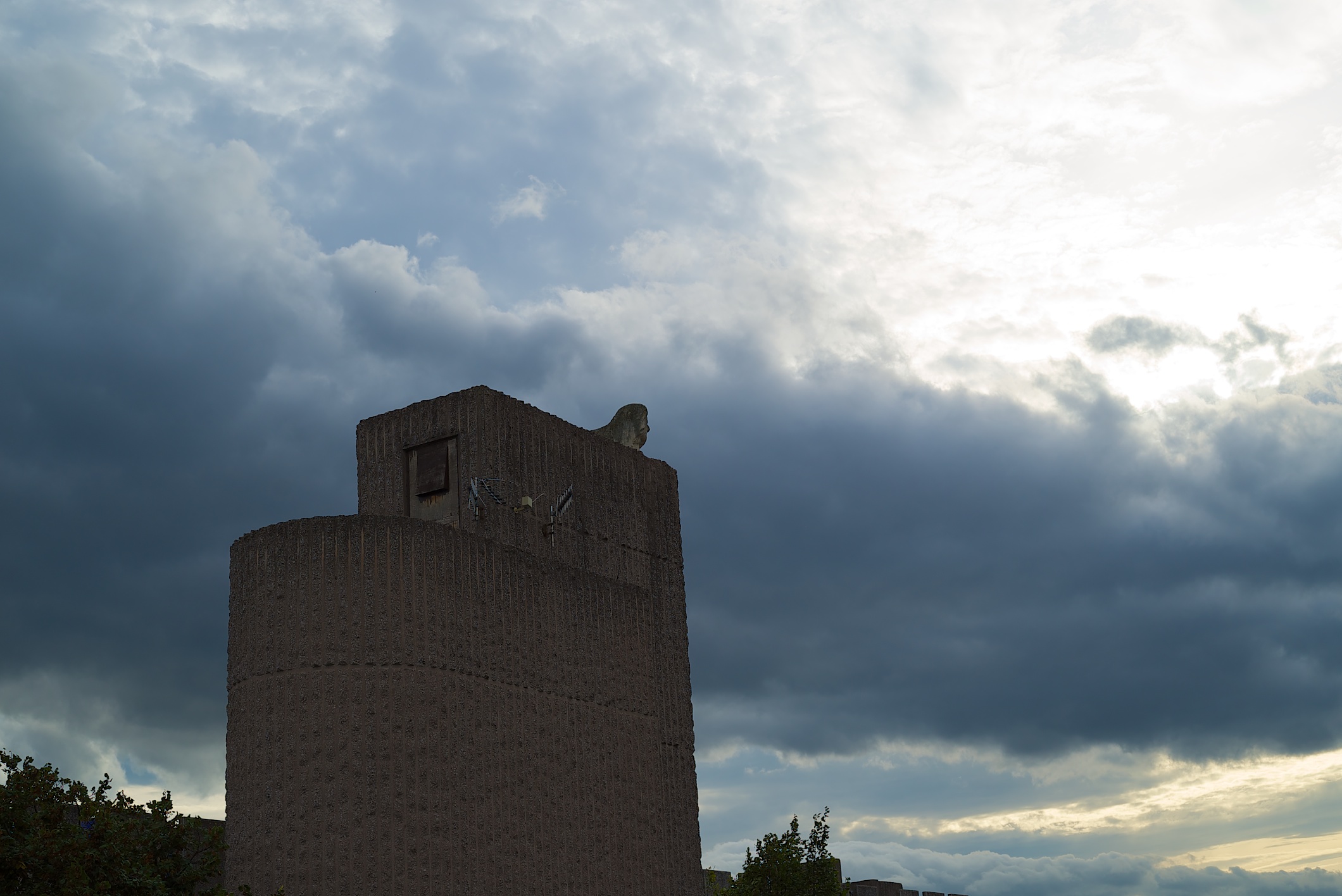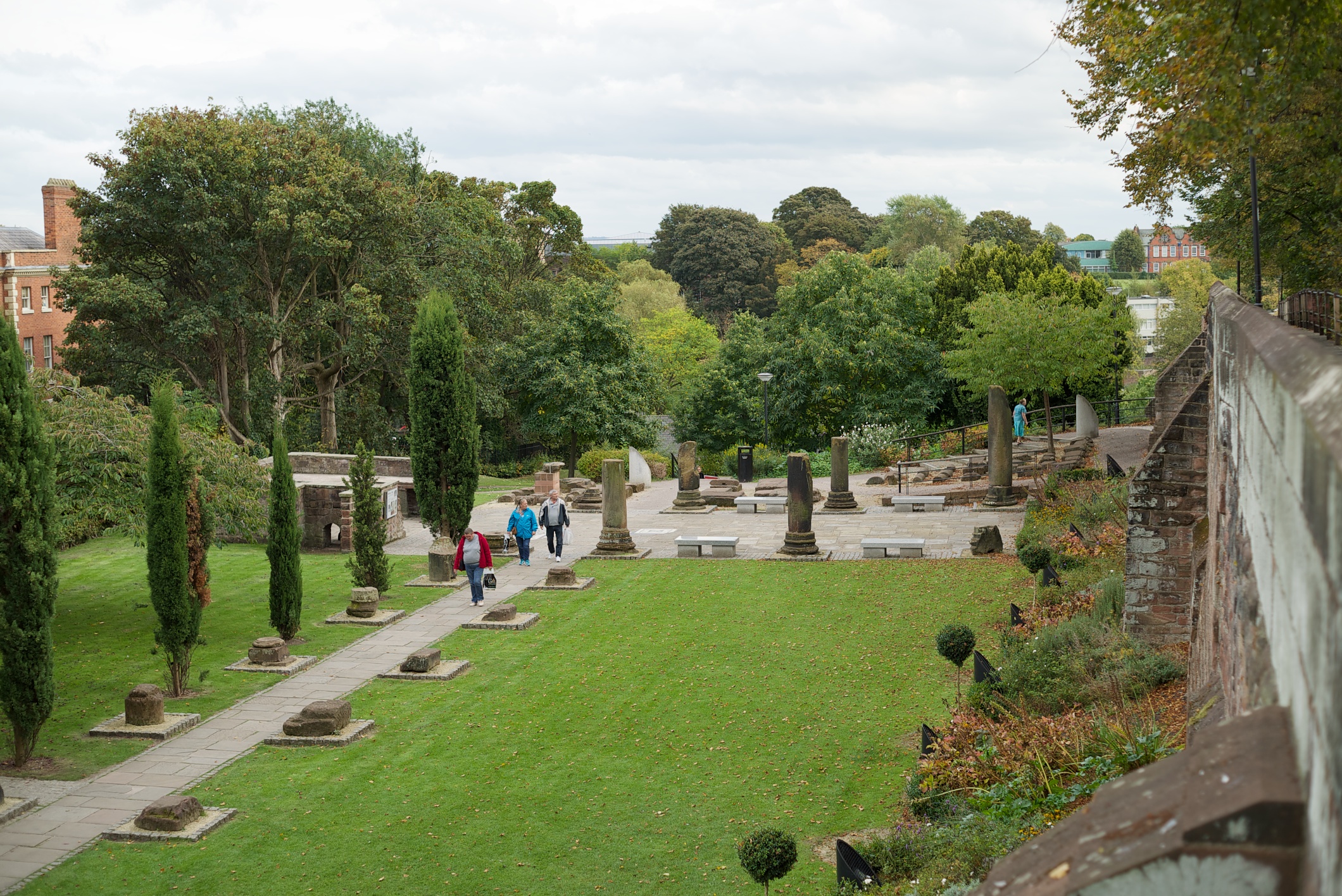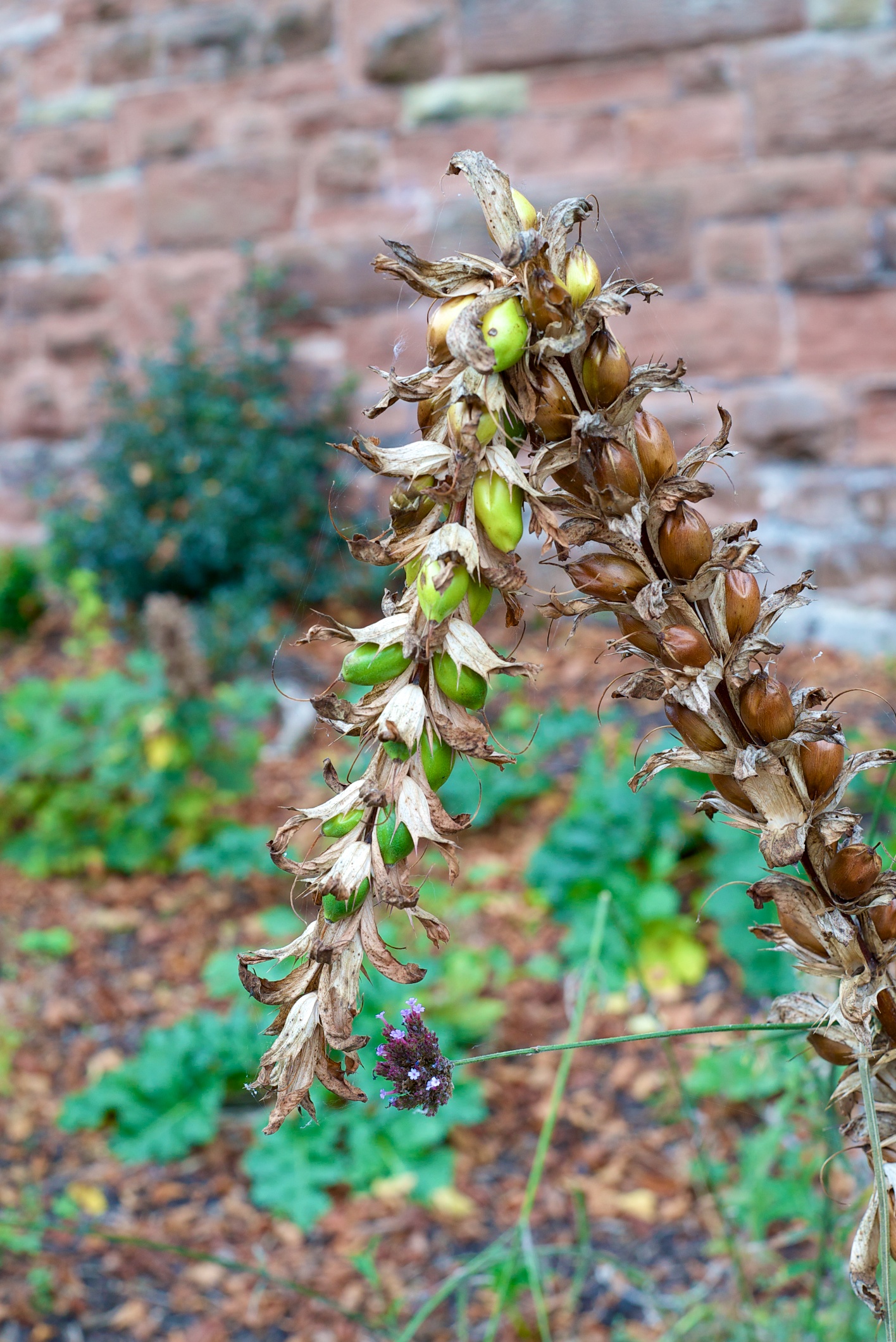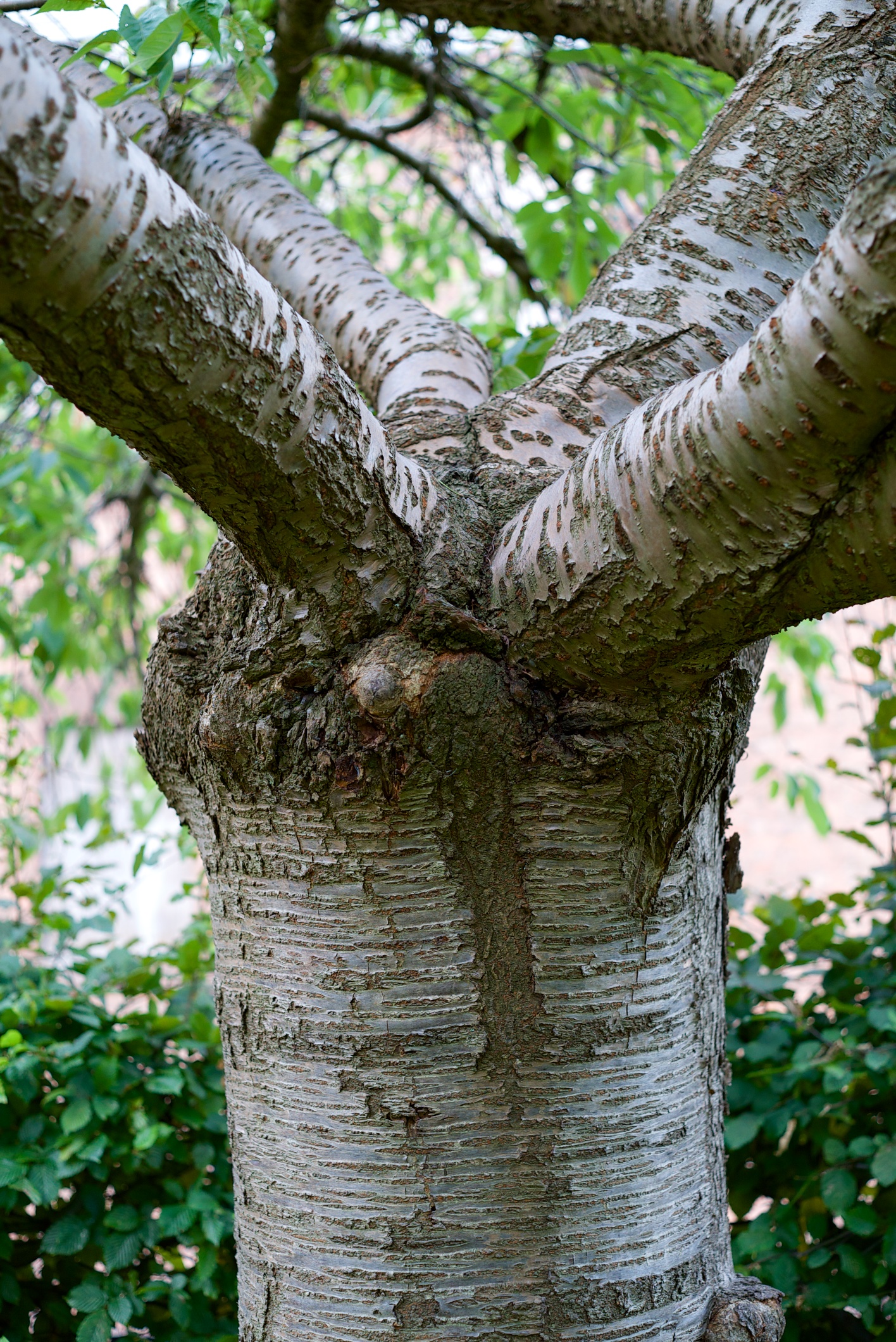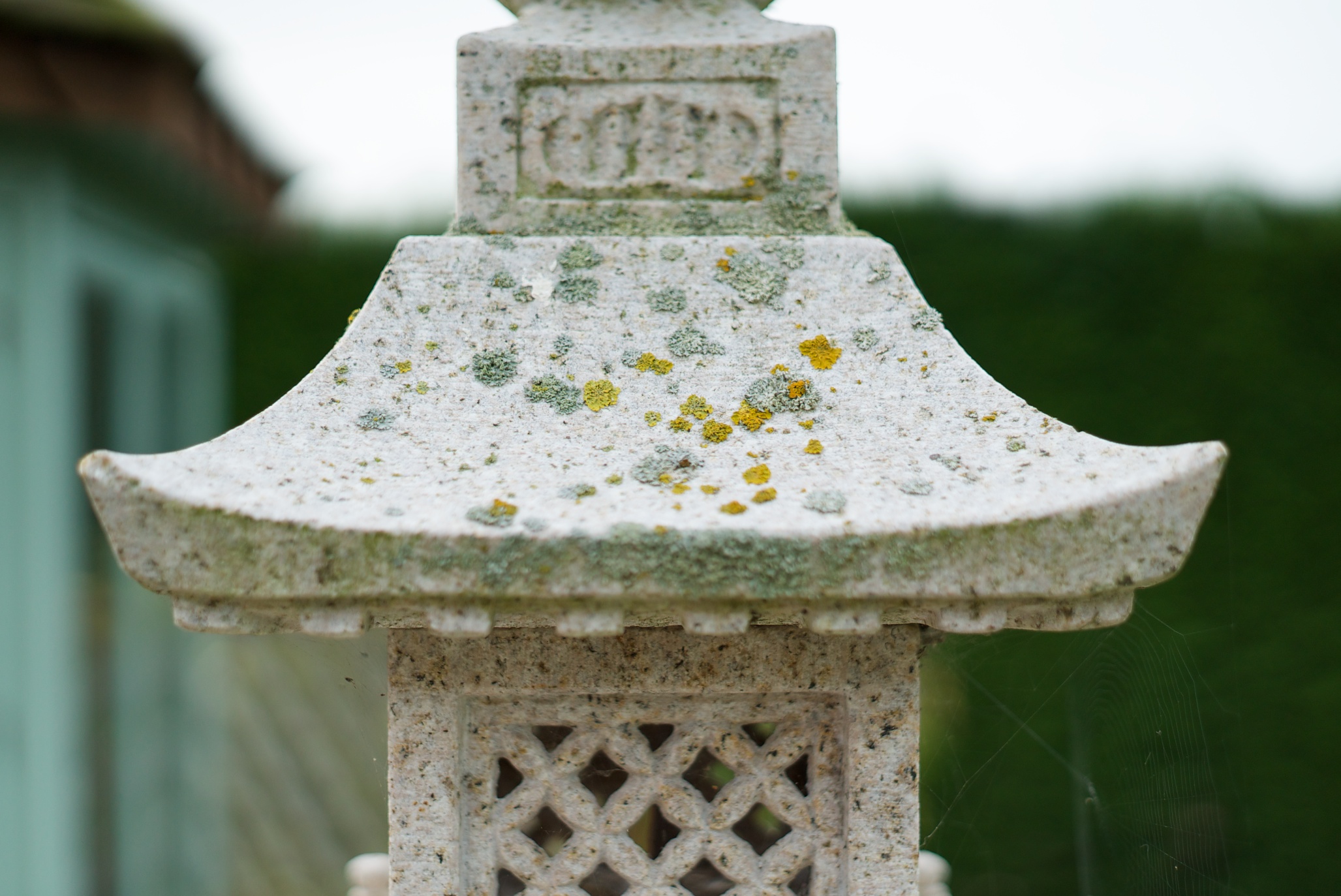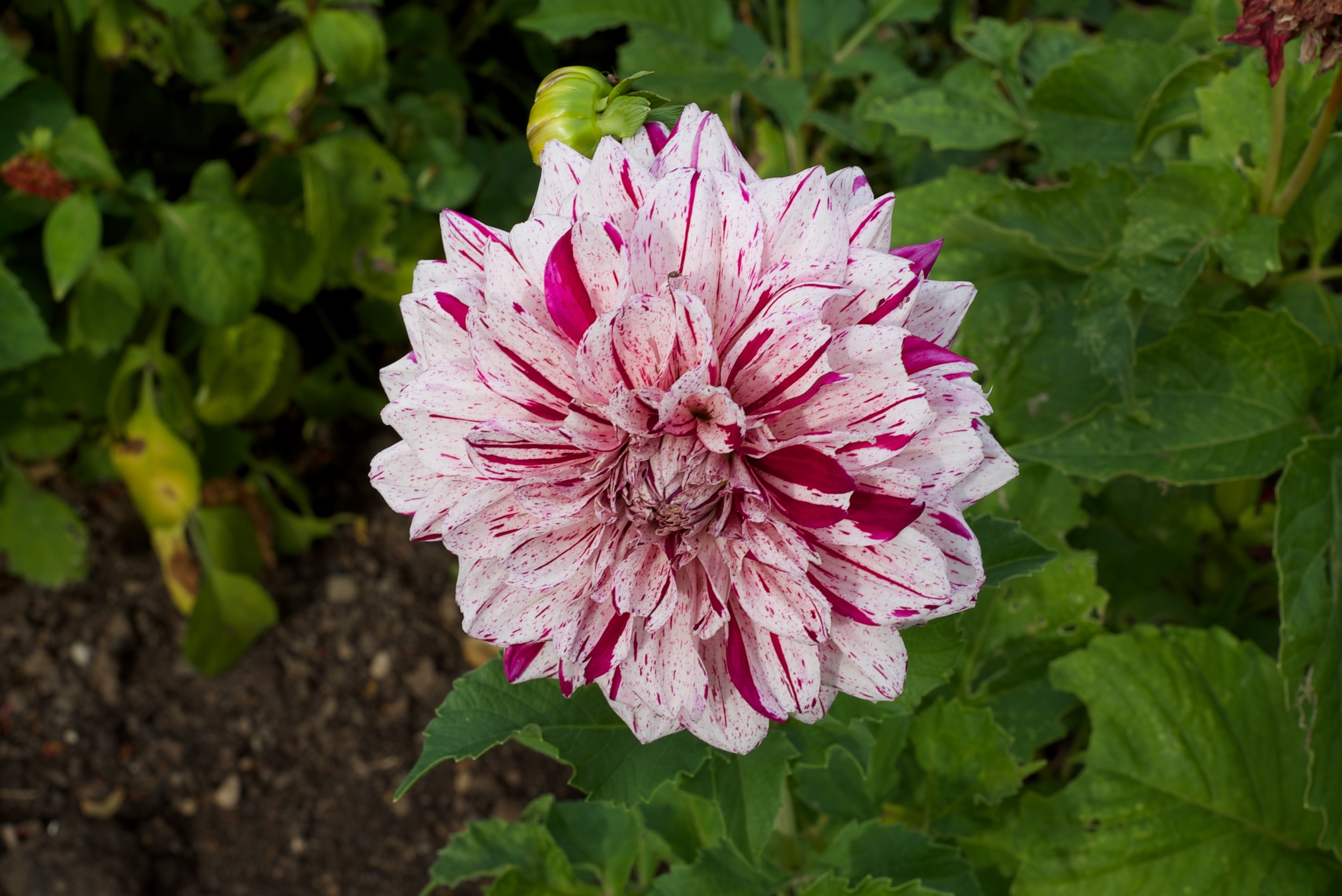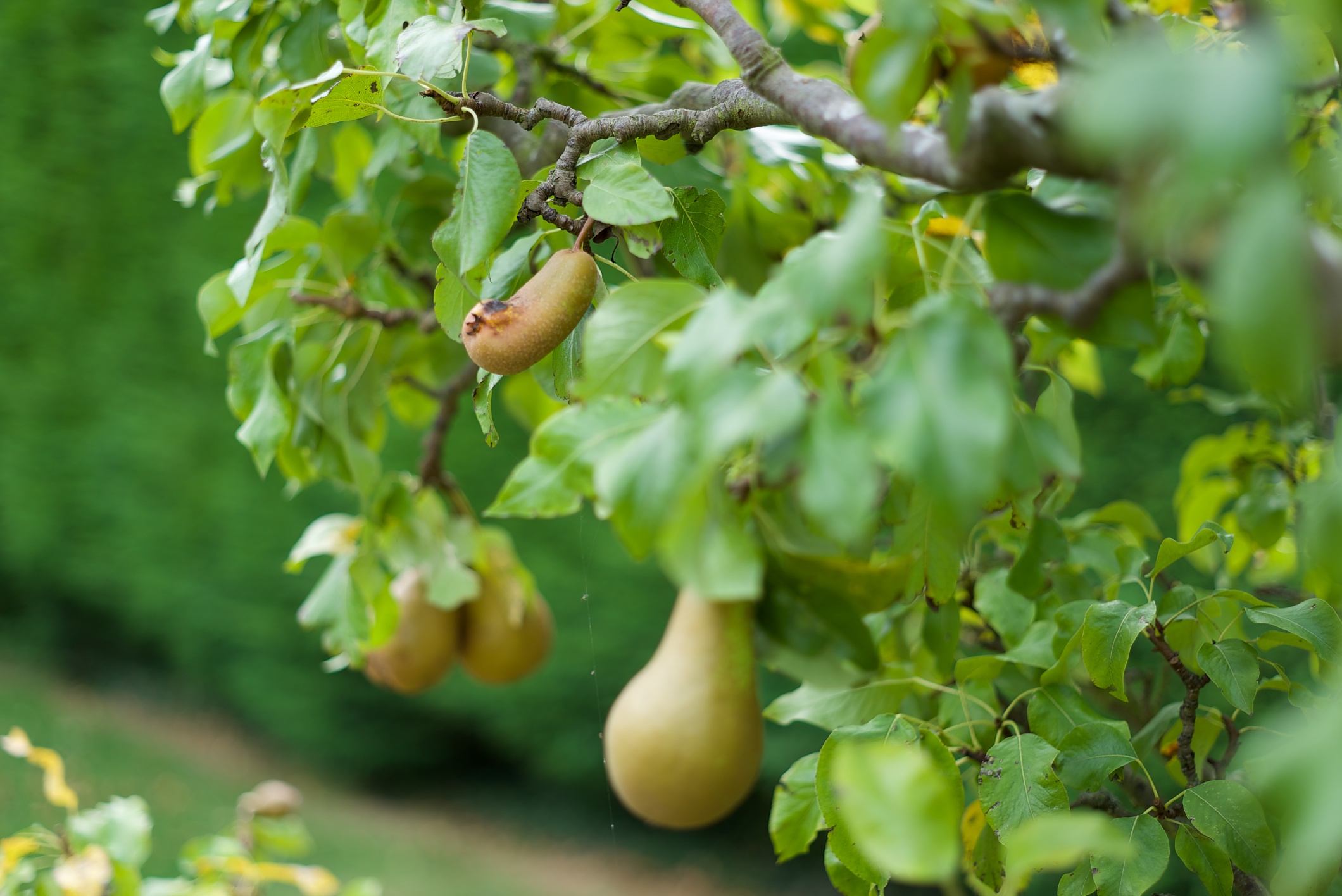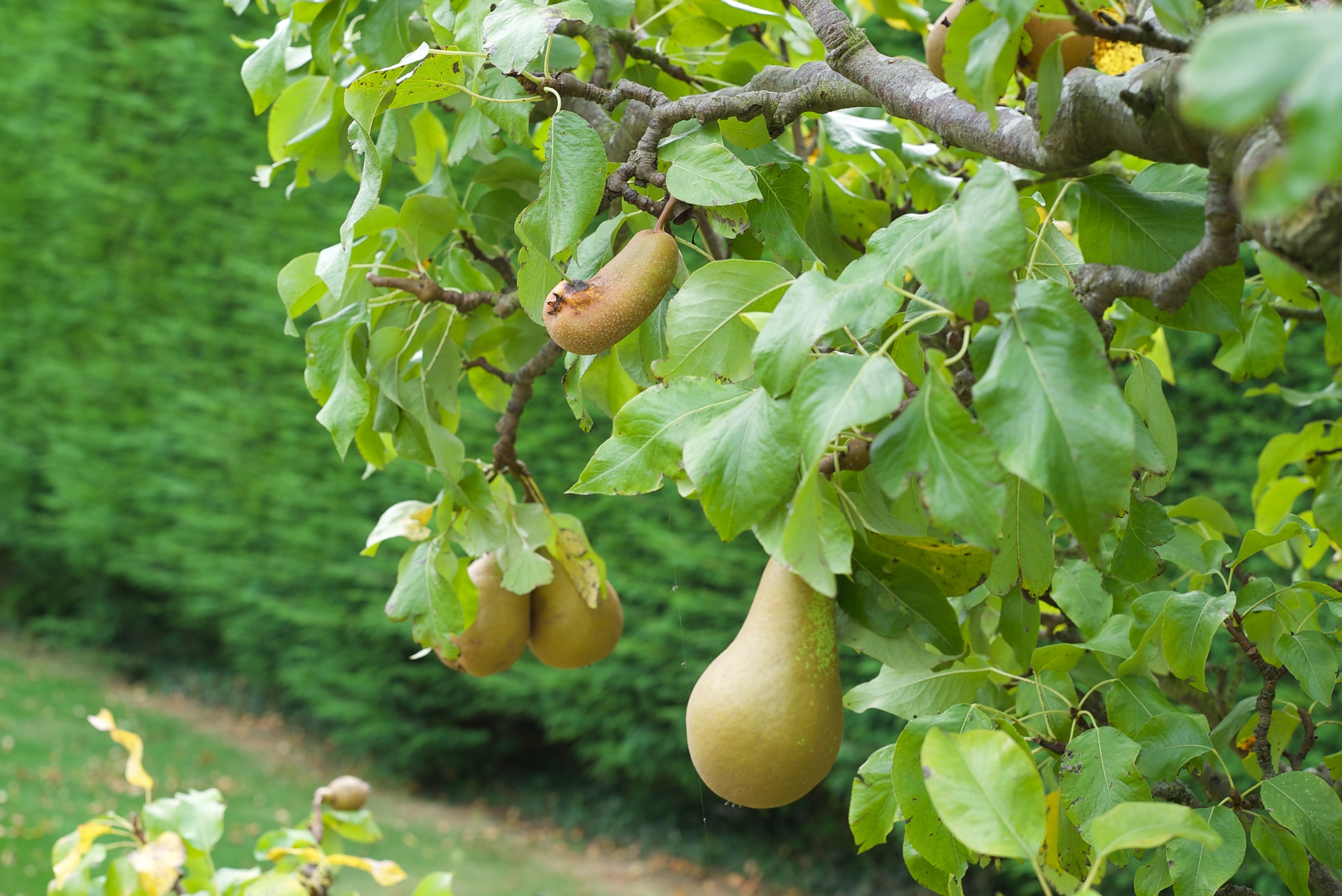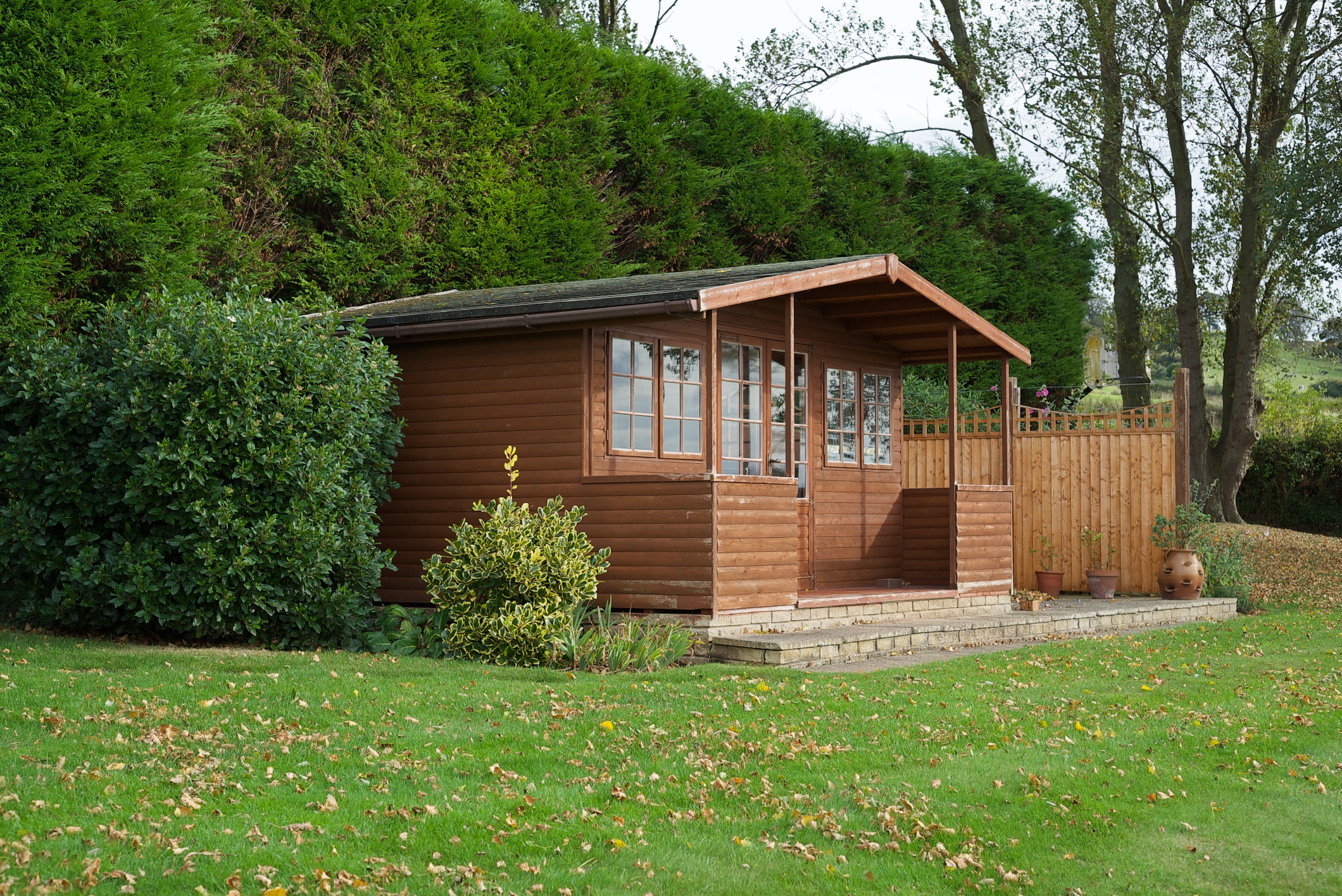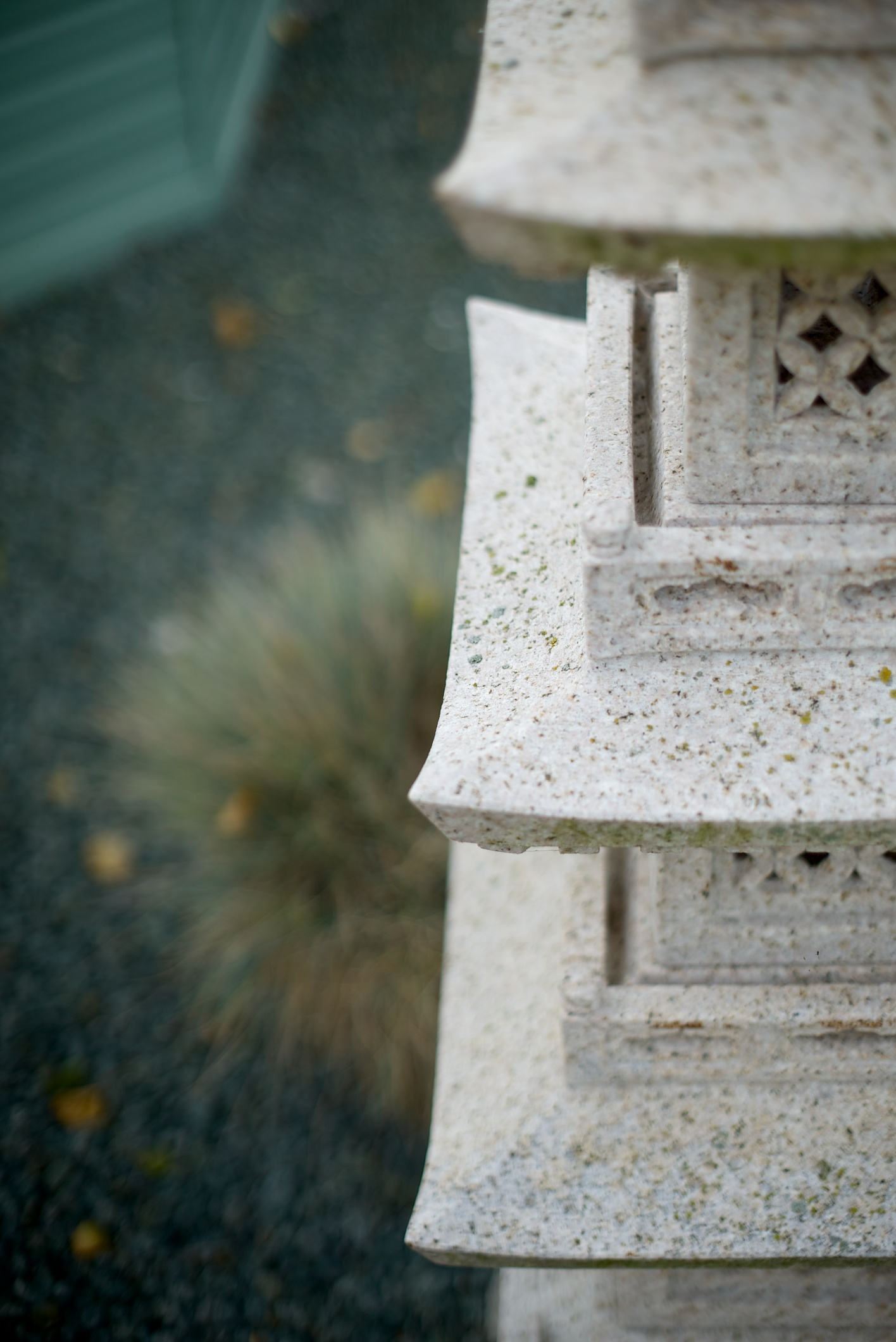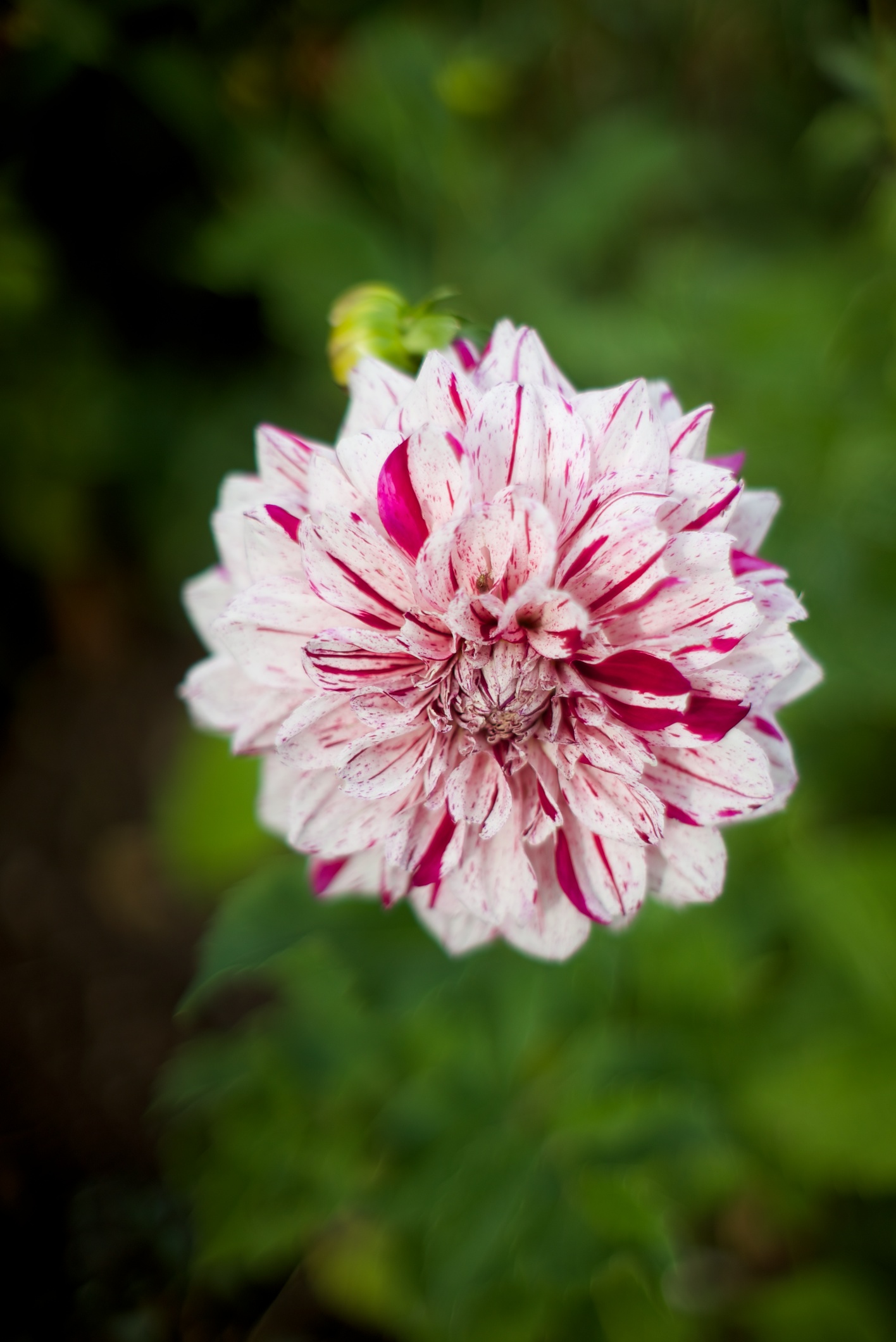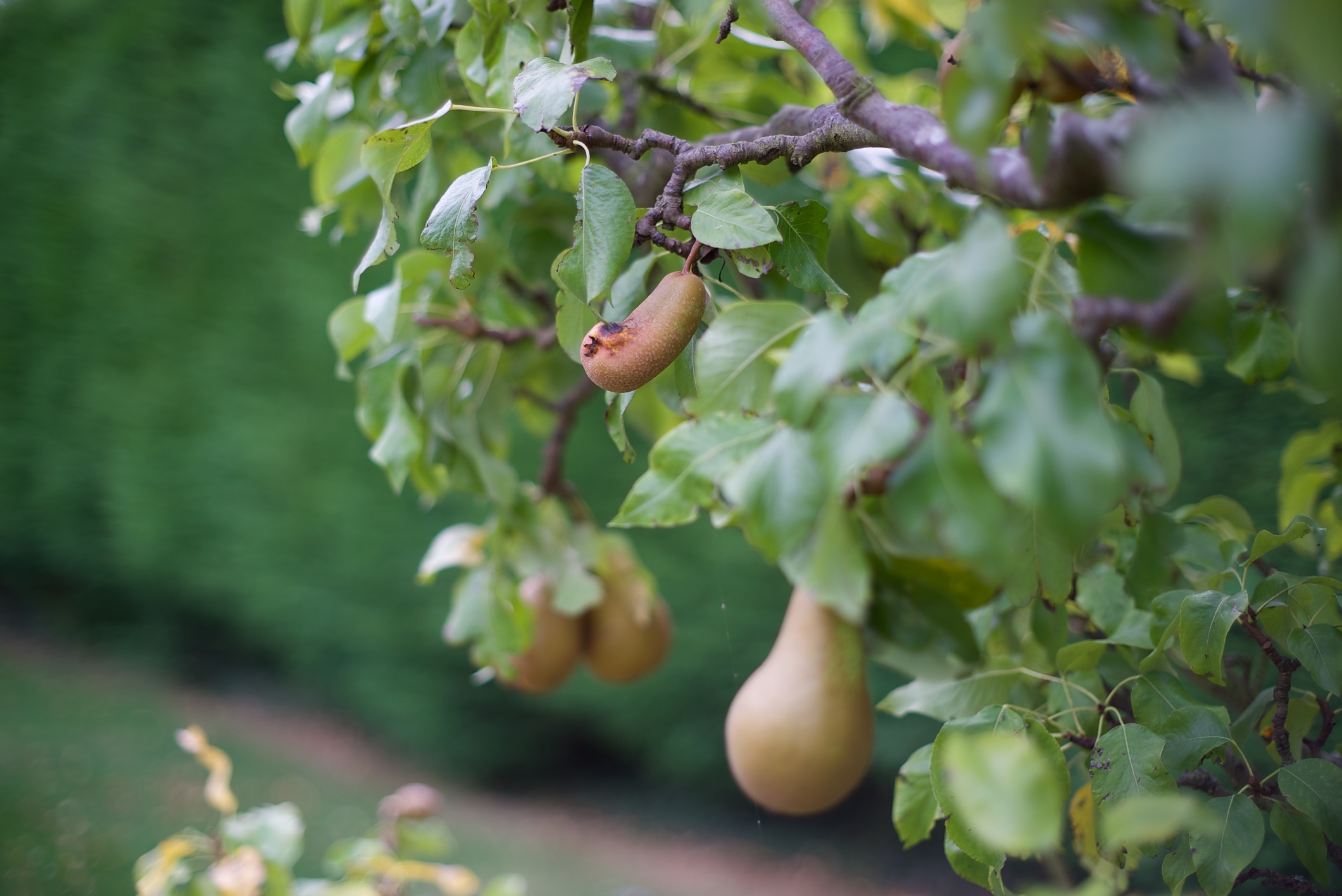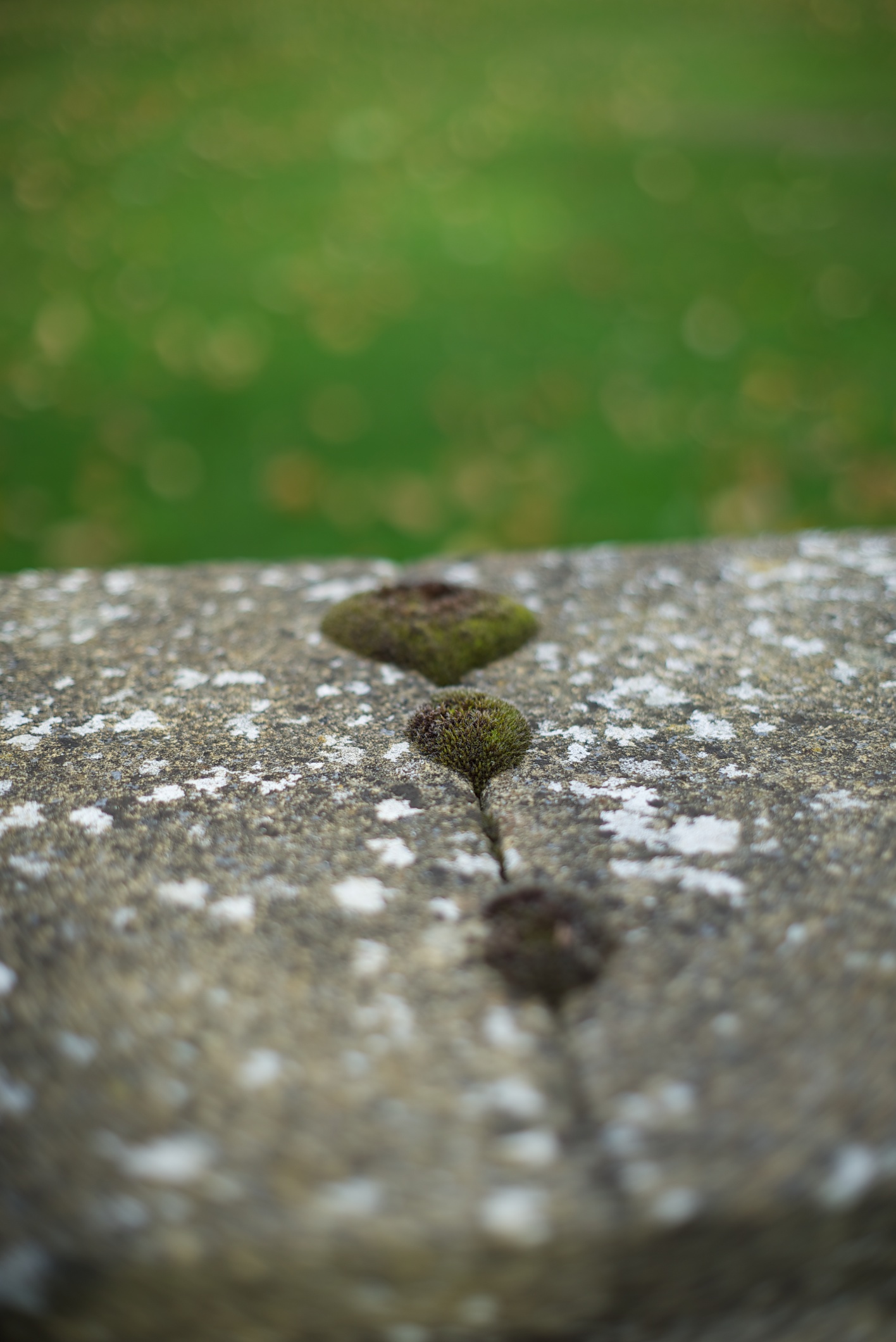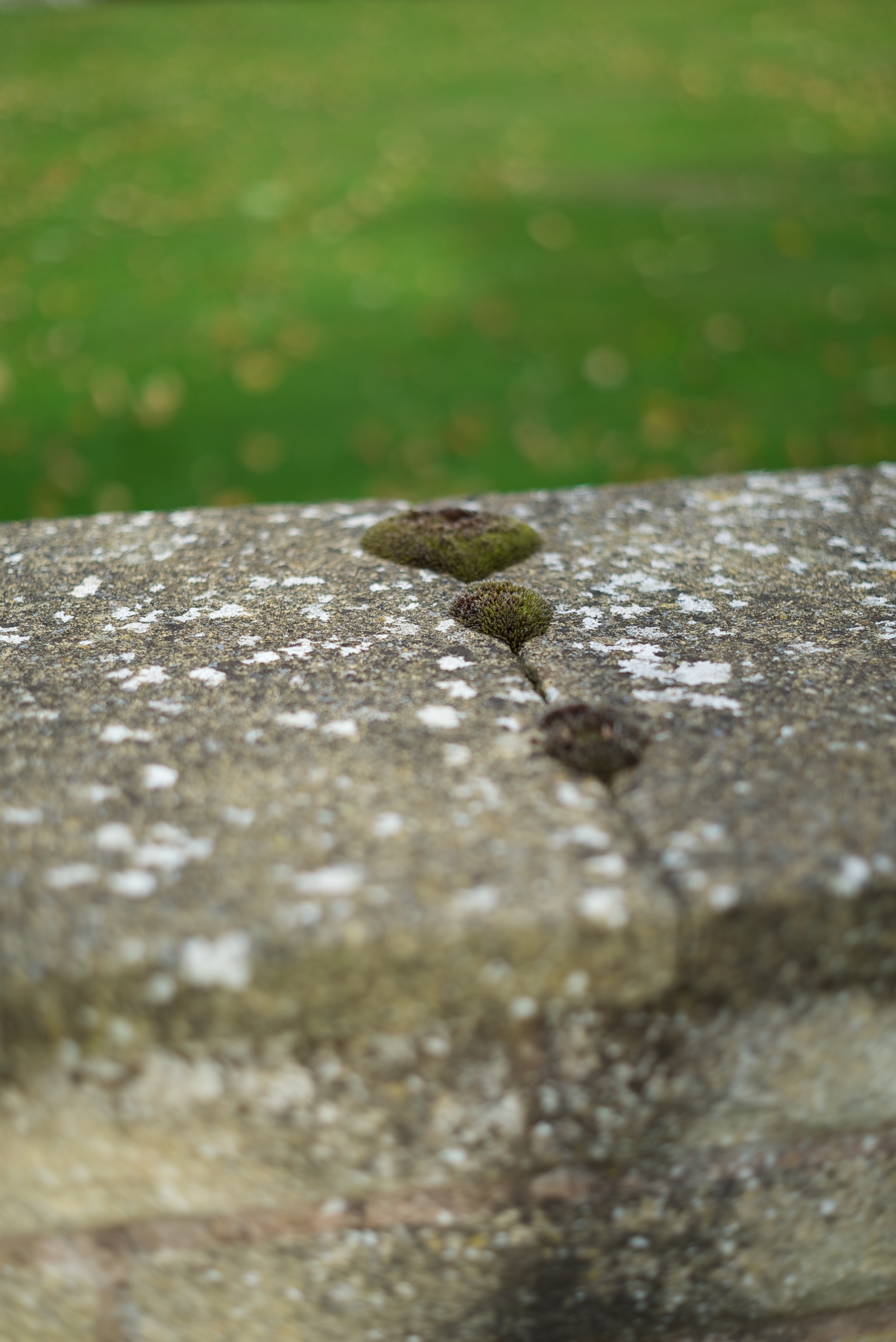OK, I'll admit it - I am a little paranoid about backing up images when I am travelling. I probably take more precautions than many pros. In my defence, I quite often travel alone and the photographic record is my travelling companion. It is almost like that, if I lost it, it would be like I never went. So I am always on the lookout for new backup tools that make this job faster and more secure without adding a lot of weight.
Lexar Workflow Hub
I had already invested in the Lexar Workflow hub. I have the USB3 version but they also do it in Thunderbolt. The hub has 4 slots and you can buy different slot-in modules with different kinds of interface - I had the SD and XQD readers. The modules are also capable of being used as stand-alone reader as they have a USB3 slot which you can use with a cable.
Recently, Lexar added SSD modules in two different capacities: 256GB and 512GB. At first I didn't pay these too much attention as the price/performance at launch didn't appeal. However, I stumbled on the 512GB model for £105 (including VAT) which was much more attractive. The DD512 arrived formatted as exFAT which is a good option for cross system compatibility and large file handling.
At just 7cm x 6cm x 2cm the DD512 is very compact and, at 64g, very light. Can it really be as fast as a "proper" SSD? In truth, its not really as quick as the best 2.5in SATA drives. Its scores using the Blackmagic Disk Test were still very respectable at 354MBps read and 237MBps write.
To put this into perspective. I put this up against a 1TB Lacie Rugged drive which I have taken on previous trips. This is a traditional spinning disk and, with its plastic armour, runs in at a lardy 334g - five times the wight of the DD512 (but with twice the capacity). The ruggedness and the thunderbolt interface comes at a price too: £138 for the 1TB and £184 for the 2TB. Do you need the ruggedness? I told you about my paranoia right? An SSD has an immediate advantage being solid state. Do you need thunderbolt? I tested the Lacie with the Blackmagic Tester and found no real difference in speed. Using both interfaces the read speed was around 100MBps and the write speed about 95MBps. So thunderbolt is not really valuable for performance. It is really handy to have dual interfaces though. I use a MacBook Air 11in for travelling and this has no built in card reader. I typically will copy my cards to 2 different drives simultaneously using Shotput Pro and so I use one USB3 for the card reader and the other, plus the thunderbolt, for the target drives. If you have a Windows laptop or a built in reader you could save some cash sticking to USB3.
Using the Blackmagic benchmarks, the DD512 has a clear lead in performance and in dimensions. A spinning disk still wins on price per GB but the lead isn't as massive as it once was.
I decided to do some more real world tests. For this I did what I usually need to do in the field which is to copy cards. I used a card which contained 12.5GB of mixed media shot on the Sony A7s. This contains a nice mix of chunky video files and raw images along with the plethora of small files that XAVC seems to like to produce.
| Test | Time | MBps |
| Thunderbolt RAID to SD Card | 3m17s | 64 |
| Thunderbolt RAID to DD512 | 56s | 224 |
| SD Card to DD512 (Workflow Hub) | 2m22s | 89 |
| SD Card to DD512 (MacBook Air) | 2m22s | 89 |
| DD512 to SSD (MacBook Air) | 49s | 257 |
| DD512 to SSD (Mac Pro) | 37s | 340 |
| SD to Lacie HDD | 2m32s | 83 |
| Lacie HDD to SSD (Mac Pro) | 2m01s | 104 |
Let's analyse these results and try and add some perspective. The SD card is a Transcend SDXC UHS1 Class 3 card which claims 90MBps read and 60MBps write. My Blackmagic tests confirm this claim. The first test was just to copy the card image back from my fast RAID array onto the card. The card matched its claims in this real world test too. I did the same copy to the DD512 out of interest. Again it seems the Blackmagic tests are close to my real world scenario.
I copied the SD card onto the DD512 whilst both modules were in the hub. I then repeated this test with them connected into separate ports on the MacBook Air. Both tests scored 89MBps which is as fast as the card can read. There was certainly no evidence of using the hub causing any contention - at least not at this data rate.
The next tests are the kind of thing you need to do back at base, copying off onto your primary machine. For this I tried copying onto the Air's SSD and the more recent one in the Mac Pro. The Mac Pro managed the full speed predicted by Blackmagic, the Air couldn't quite keep up but is still pretty speedy.
Finally, it was the Lacie's turn. It was only slightly slower than the DD512 copying from the SD because the HDD write speed and SD read speed are similar. Back at base though and its going to take you over three times longer to off-load the footage. A full DD512 should take about 25 minutes to off-load against 82 minutes for the same data on the Lacie.
In Summary
For my own personal use case, I think the DD512 is a very good fit. I already have the hub and the modules are going to be much easier to travel with. In the triangle of performance, price and capacity they seem to be a good middle ground. I will probably pair it up with a tried and tested HDD like the Lacie for its first trip while it proves itself in the field.
You could argue that the SD card is the limiting factor and I am not really gaining much performance. The SD cards I use are top end cards but there are always some faster at the bleeding edge of performance at a hefty premium, This tends to trickle down with time. In the video field, 4K and RAW are pushing manufacturers onto newer platforms like XQD and Cfast 2. When you are chewing up cards at upwards of 60MBps the ability to backup these expensive cards and reuse them can be important.
The DD512 is also quick enough to be used as an edit drive being on a par with a dual drive RAID0 HDD for speed. If you were really confident in your ability to keep track of drives you could take the hub and build a mini RAID setup with something like Softraid. At some point I think USB3 would start to give you diminishing returns though!















